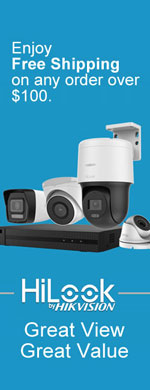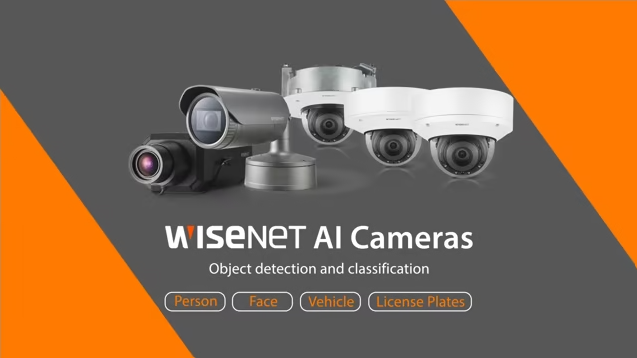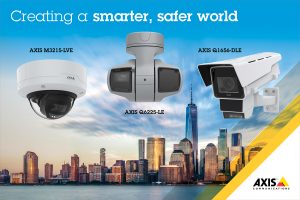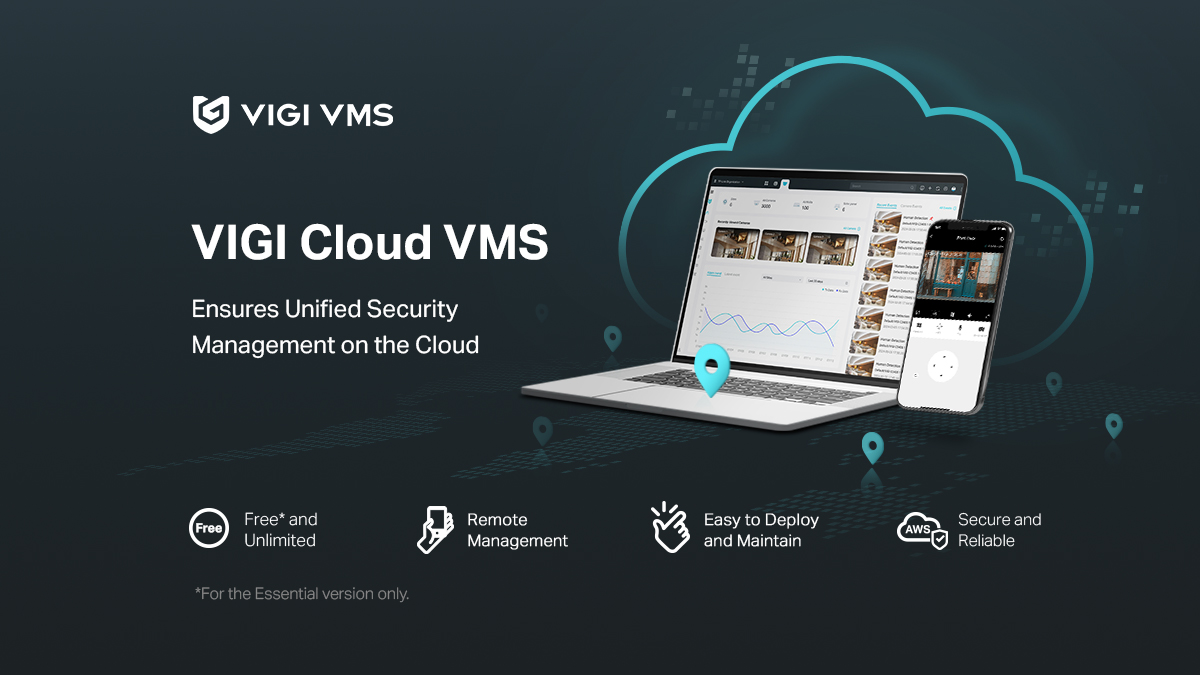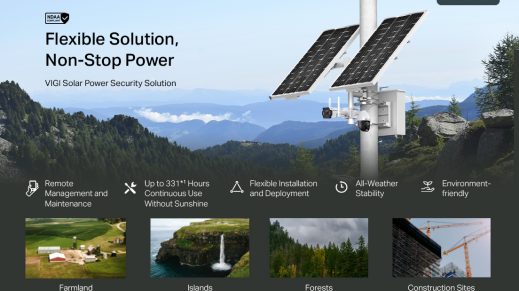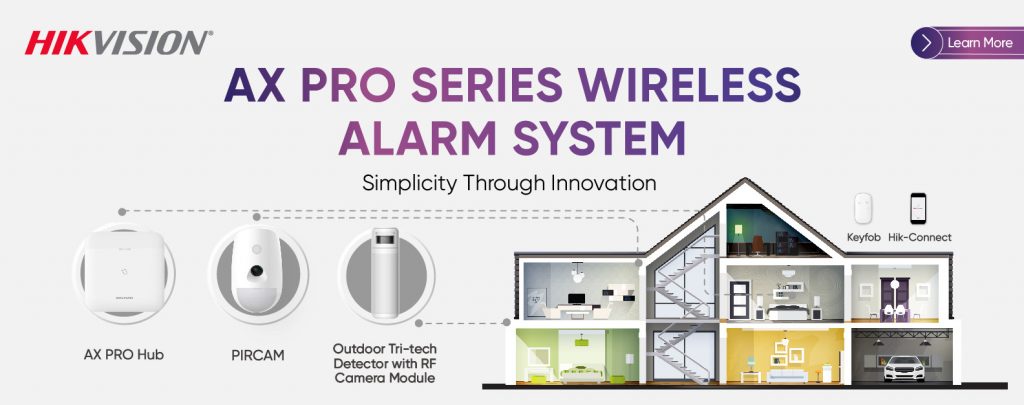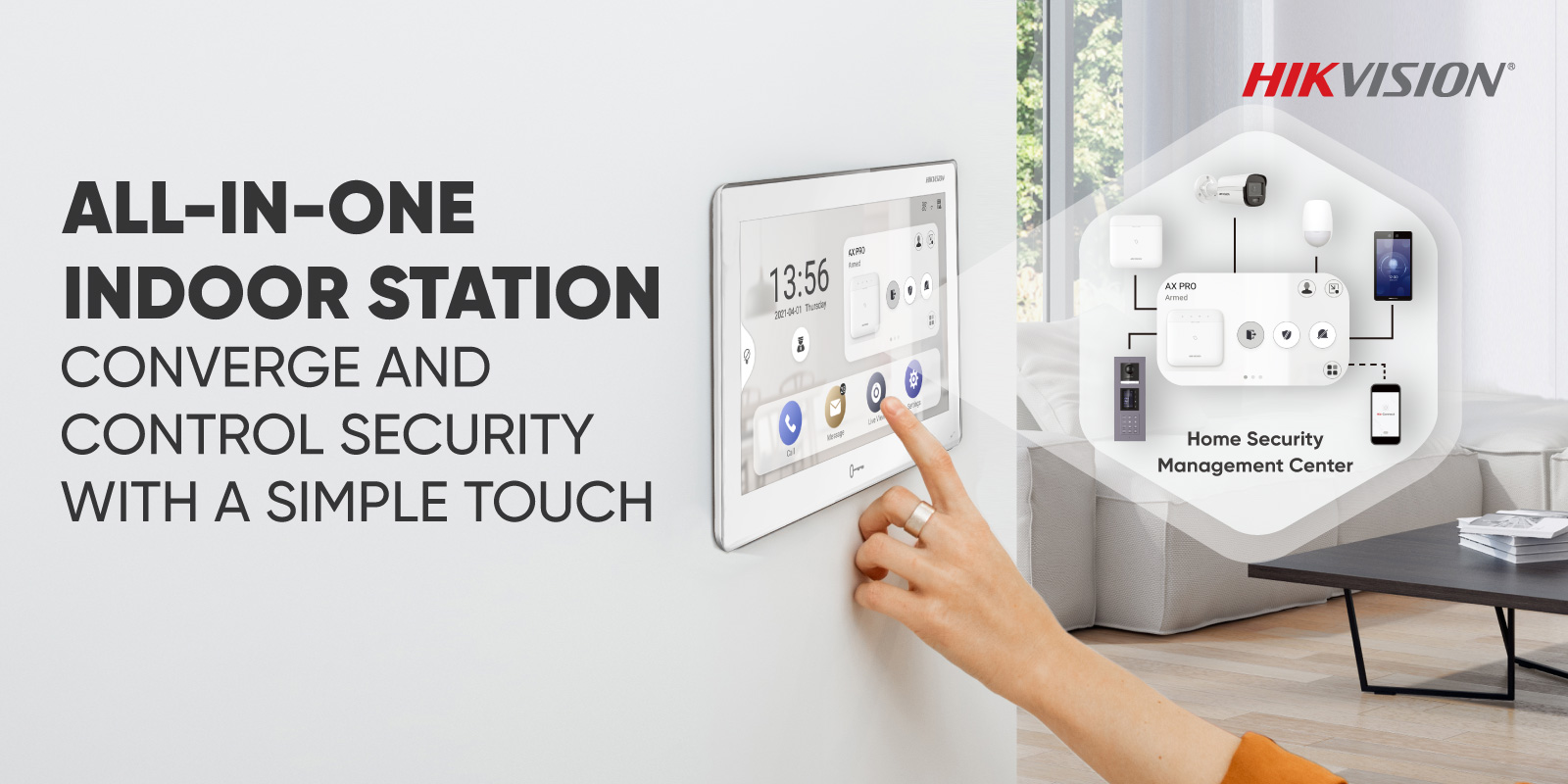No products in the cart.
How to Ensure GDPR-Style Compliance for CCTV in Australian Aged Care Facilities Leave a comment
NOT LEGAL ADVICE.
As privacy awareness grows in Australia, aged care facilities are under increasing pressure to ensure their CCTV systems comply with data protection standards. While Australia does not operate under the European Union’s GDPR (General Data Protection Regulation), there are strong parallels with our own Privacy Act 1988 and the Australian Privacy Principles (APPs).
In this guide, we’ll show you how to design, implement, and manage a CCTV system in your nursing home that aligns with GDPR-style privacy safeguards, ensuring ethical surveillance and legal compliance.
1. Understand the Key Principles of Compliance
Even though GDPR doesn’t apply directly in Australia, many of its core privacy tenets overlap with the Australian Privacy Principles (APPs). These principles require aged care providers to:
-
Be transparent about data collection
-
Limit data collection to what’s necessary
-
Use data fairly and lawfully
-
Secure personal information
-
Allow individuals to access or correct their information
CCTV systems that capture identifiable footage of residents, staff, or visitors must follow these principles.
2. Determine the Purpose and Scope of Surveillance
Under both GDPR and APPs, organisations must clearly state why they are collecting personal information.
For nursing homes, the legitimate purposes may include:
-
Resident safety and fall detection
-
Staff and visitor accountability
-
Deterrence of elder abuse or theft
-
Access control and perimeter security
However, you must avoid using CCTV for blanket surveillance, “just in case.” The data collected should be proportionate and targeted.
3. Obtain Informed Consent Where Required
In Australia, you generally don’t need consent for CCTV in communal or public areas — as long as people are notified via signs and policies.
But informed consent is essential when:
-
Recording private areas (e.g., bedrooms, bathrooms)
-
Audio recording is used (regulated under state laws)
-
The subject of surveillance lacks capacity (e.g., due to dementia), requiring guardian consent
Document consent in writing and provide the option to withdraw it at any time.
4. Notify Individuals and Use Proper Signage
Both GDPR and APPs emphasise transparency. Aged care providers must inform all stakeholders — including residents, families, staff, and contractors — that CCTV is in use.
Best practices include:
-
Posting clear signage at all entrances and monitored areas
-
Including CCTV information in privacy policies and admission packs
-
Explaining why, where, and how long footage is stored
-
Providing contact details for queries or complaints
Example signage:
“This facility uses CCTV surveillance for resident safety and site security. For more information, please speak to reception or view our privacy policy.”
5. Limit Access to Footage and Protect Data Security
Your system must:
-
Use password-protected NVRs or VMS platforms
-
Apply role-based access control (e.g. only authorised staff can view or export footage)
-
Log all access to recordings
-
Encrypt footage where possible
-
Regularly audit who accessed what and when
Footage should be retained for a clearly defined period — typically 30 to 90 days — unless required for an investigation.
6. Develop a CCTV Policy and Privacy Statement
Create a formal CCTV Policy that covers:
-
The purpose of surveillance
-
Locations under monitoring
-
Consent and notice procedures
-
Footage access and retention policies
-
Data protection measures
-
Complaint handling procedures
Include this policy as part of your broader privacy documentation and ensure staff are trained in its application.
7. Prepare for Data Access Requests
Under GDPR and the APPs, individuals have the right to access personal information held about them — including CCTV footage.
You must have a process for:
-
Receiving and responding to access requests
-
Verifying the identity of the requester
-
Editing footage (e.g., blurring others) before release
-
Declining requests where privacy of others would be breached
This is especially relevant when families request footage after incidents involving their loved ones.
8. Perform Privacy Impact Assessments (PIAs)
Before expanding or installing a CCTV system, it’s wise to conduct a Privacy Impact Assessment, which considers:
-
The privacy risks posed
-
The measures in place to reduce those risks
-
Stakeholder consultation (including residents and guardians)
-
The balance between safety and privacy
Documenting your process shows regulators and families that you are acting ethically and responsibly.
9. Appoint a Privacy Contact or Officer
Appoint a designated staff member as your Privacy Contact or Data Protection Officer (DPO)-equivalent, who will:
-
Oversee data handling
-
Manage access requests and complaints
-
Liaise with the Office of the Australian Information Commissioner (OAIC) if required
-
Ensure continuous compliance and training
This role builds transparency and trust in your organisation’s approach.
Conclusion: Trust Starts with Responsible Surveillance
Installing CCTV in a nursing home can be a powerful way to enhance safety and oversight — but only if done with privacy and ethics in mind. GDPR-style compliance is not just about ticking boxes. It’s about respecting the rights and dignity of residents, staff, and families.
By adopting clear policies, secure systems, and transparent practices, your facility can enjoy the benefits of modern surveillance without crossing the privacy line.





